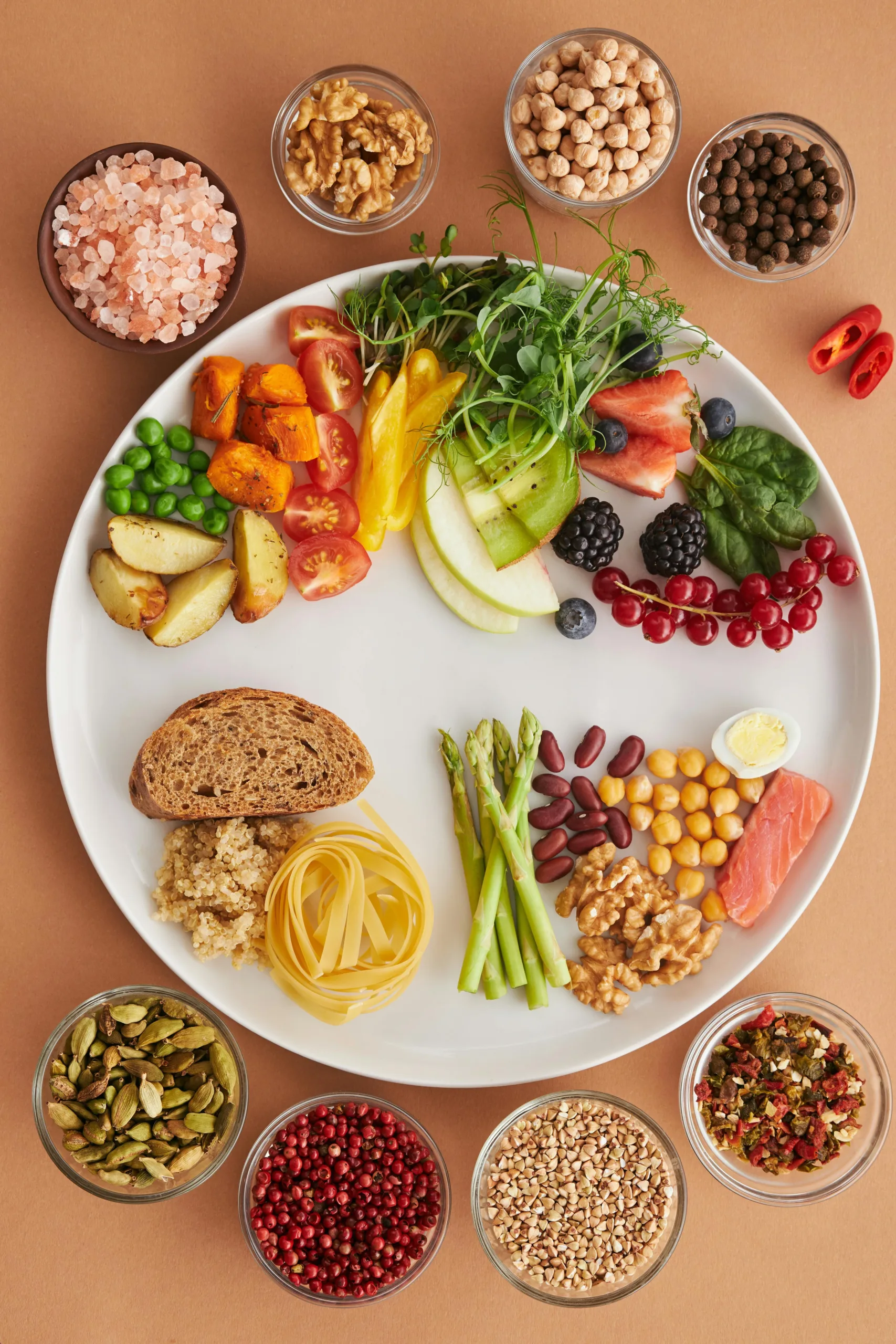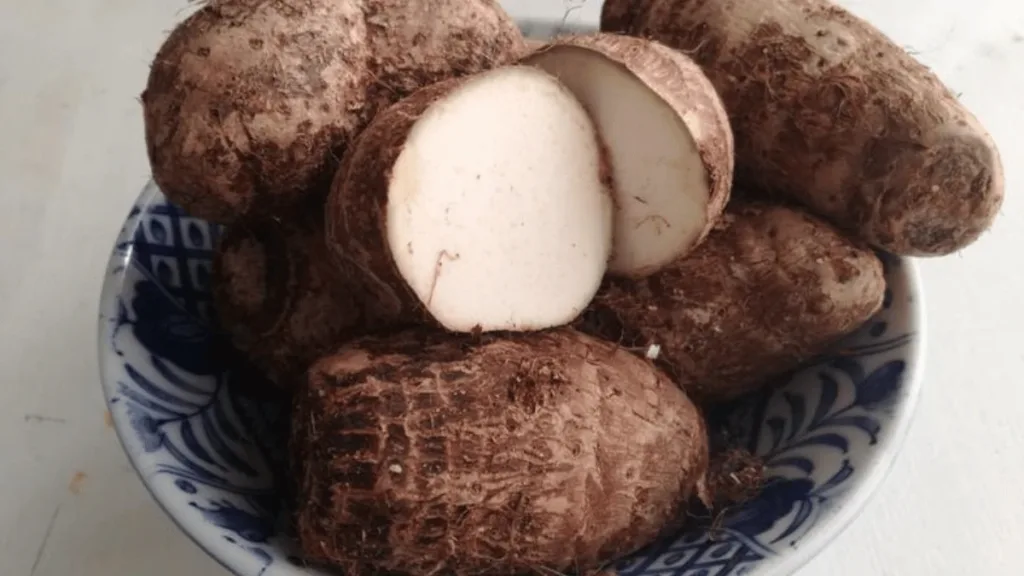The 2024/2025 Guide to a Plant-Based Lifestyle in South Africa

This is your 2024/2025 comprehensive guide to a plant-based lifestyle in South Africa.
Welcome to the future of food in South Africa!
If you’re reading this, you might be a seasoned vegan from South Africa, a curious flexitarian, or just starting your plant-based journey.
Since our first guide in late 2023, the plant-based scene in Mzansi has changed a lot. This shift comes from consumer interest, new cooking ideas, and significant regulatory changes.
Plant-based eating is no longer a niche; it is a powerful, dynamic force in our mainstream food culture.
This updated guide provides the key info you need to succeed on a plant-based diet in South Africa for 2024 and 2025.
Part 1: The South African Plant-Based Revolution: By the Numbers
The rapid growth of the local market confirms that this is a long-term shift, not a fleeting trend.
The business community is betting big on plants.
Market Momentum and Consumer Profile
- Explosive Market Growth: The South African vegan food market is demonstrating incredible potential. Analysts valued it at USD 89.39 million for 2024. They project it will more than double to about USD 188.60 million by 2033. This indicates a robust 8.65% Compound Annual Growth Rate (CAGR). This growth shows strong consumer confidence and a broader product range.
- The 10-12% Consumer Base: ProVeg says that around 10% to 12% of South Africans are vegan, vegetarian, or mostly flexitarian. This critical mass has forced retailers and restaurants to take plant-based offerings seriously.
- Flexitarianism Fuels Growth: Veganism is popular, but flexitarians drive market growth. This consumer cuts back on meat for health, climate, and ethical reasons, but doesn’t give it up completely. Brands are now focused on making it easy and delicious for everyone to have a meat-free Monday, or three. My article, Flexitarianism: A Balanced Approach to Eating in South Africa, expands on this concept.
- Retail Expansion: More plant-based products are now available in major stores. New international chains are also offering vegan options. This makes adopting a plant-based lifestyle easier than ever.
Part 2: Shifting Trends: Beyond the ‘Fake Meat’ Phase
The most significant change in plant-based cooking is moving away from processed meat imitations.
Now, the focus is on creative dishes that highlight whole plant ingredients. This shift is deeply rooted in local flavours.
The Top Culinary Trends for 2024/2025
1. The “Rethinking Plants” Movement
The consumer is getting smarter. A global trend is toward clean-label products. People worry about the long ingredient lists in some early plant-based meat alternatives.
- What this means: The focus is on whole, identifiable ingredients. Think mushroom-based strips, lentil patties, chickpea-based chicken, and simple tofu and tempeh products. Consumers see naturalness as the second most significant benefit of plant-based products, just after health.
- Actionable Tip: Instead of seeking a “beef-style” mince, look for natural Soya Mince or a blend of vegetables and pulses to form your base.
2. The Rise of Hyper-Local & Heritage Foods
South Africa is home to many native plant foods. These plants provide unique nutrition and can thrive in a wide range of climates.
This trend celebrates local food systems and cultural heritage.
| Indigenous Plant Hero | Nutritional Power | Culinary Use in a Plant-Based Diet |
| Amadumbe (Taro) | High in fibre, Vitamin B6, Manganese. Excellent source of complex carbs. | Mash, boil, or roast as a starchy staple. Perfect for thickening soups or making creamy custards. |
| Bambara Groundnuts | A complete protein source, offering all essential amino acids. | Boil them like peanuts, grind them into a flour for baking, or use them in stews like beans. |
| Amaranth (Thepe) | The leaves are a nutrient-dense African spinach, rich in iron, calcium, and Vitamin A. | Cook the leaves with onion, tomato, and ground peanuts for a delicious traditional side dish. |
| Sorghum (Mabele) | A drought-resistant, gluten-free grain, rich in antioxidants. | Use the grain as a whole-grain base for salads, or the flour for Mabela porridge and baking. |
3. Functional Foods & Health Optimisation
Consumers want foods that do more than fill them up; they also wish for foods that offer health benefits.
- Focus: Products with adaptogens, such as Ashwagandha and Ginseng, support stress management. Nootropics, such as Lion’s Mane mushroom, boost cognitive health. Prebiotics and postbiotics promote gut health. You’ll find these in supplements, smoothies, and snacks on store shelves.
- The Snacking Boom: The snack and plant protein market is booming. New products are using fava bean, chickpea, and lentil proteins. You can find these in bars and ready-to-mix powders.
Part 3: Navigating the New SA Regulatory Landscape
The government recently took an important step.
They are now formally regulating the labelling of plant-based meat alternatives. This is vital for consumer clarity and confidence.
New DALRRD Labelling Regulations (2024/2025)
The Department of Agriculture, Land Reform and Rural Development (DALRRD) has shared new rules for meat analogues. These are plant-based products that imitate meat.
The Core Changes You Need to Know:
- Animal Descriptor Ban: Products can’t use terms that sound like animal products. This means terms like: ~~”Beef-Style,”~~ ~~”Chicken-Flavoured,”~~ or ~~”B*con.”~~
- Clarity on Product Names: If a manufacturer wants to use a meat name, like “burger” or “sausage,” they must first include a clear plant-based term. For example: “Plant-Based Burger,” “Vegan Sausage,” or “Soya Mince.”
- The 9% Protein Rule: To be labelled as a “Meat replacer,” “Meat substitute,” or “Meat alternative,” products must have at least 9% protein.
- Consumer Impact: This is a positive change. It makes plant-based foods clearer and easier to identify. This builds trust. It also helps you find products that fit your dietary and ethical choices. Always look for the explicit “Plant-Based” or “Vegan” designation on the packaging.
Part 4: Practical Guide to Nutrition in a Plant-Based South Africa
South Africa’s official Food-Based Dietary Guidelines (FBDGs) are some of the most advanced in Africa.
They encourage plant-based diets because of their health benefits.
However, a well-planned diet remains essential.
Key Nutritional Focus Areas for SA Vegans and Flexitarians
A diet full of legumes, whole grains, and vegetables is very nutritious. However, some nutrients need special focus:
| Nutrient | Best Plant-Based SA Sources | Practical Tip for Absorption |
| Iron | Legumes (Lentils, Beans, Cowpeas), Spinach (Thepe), Dried Fruit, Dark Chocolate. | Pair with Vitamin C! Always eat iron-rich foods with a source of Vitamin C (e.g., tomatoes, oranges, peppers) to dramatically boost absorption. |
| Calcium | Fortified Plant Milks (Soya, Almond, Oat), Tofu (calcium-set), Sesame Seeds, Amaranth (Thepe), Almonds. | Opt for fortified products. Sun exposure (Vitamin D) is essential for calcium uptake—get your daily dose! |
| Vitamin B12 | Crucial: Not naturally found in plant foods and is essential for nerve function. | Must be supplemented. Use a reliable B12 supplement or consistently consume B12-fortified foods (e.g., fortified nutritional yeast, plant milks, or breakfast cereals). |
| Omega-3s (ALA) | Flaxseeds (Linseeds), Chia Seeds, Hemp Seeds, Walnuts. | Grind flaxseeds and chia seeds before consuming them to ensure the body can access the Omega-3s. |
Part 5: Making the Plant-Based Lifestyle Accessible and Affordable
Many South Africans see a plant-based diet as expensive, which holds them back from adopting one.
This couldn’t be further from the truth when focusing on whole foods.
Strategies for an Affordable Plant-Based Plate
- The Power of the Pulses: Dried beans, lentils, and peas are the most affordable and nutritious protein sources available. Stock up on staples like Mabele, dried sugar beans, split peas, and lentils.
- Buy in Bulk: Purchase staples like dried beans, oats, rice, nuts, and seeds from bulk retailers or co-ops to drastically cut costs.
- Celebrate Indigenous Vegetables: Indigenous greens, including morogo (wild spinach), Thepe, and Amaranth, are usually more affordable. They’re also more nutrient-dense than imported or conventionally farmed options. Seek them out at local markets.
- Master the Meal Plan: Plan your meals around what’s on special and what’s in season. A meal with seasonal pumpkin, butternut, lentils, and mielie-meal is tasty and easy on the wallet.
Plant-Based Eating Out in South Africa (QSR & Retail)
- Quick Service Restaurants (QSR): Major chains have grown their plant-based menus by over 20% in the past year. They now offer more clearly labelled, innovative vegan options.
- Grocery Stores: Every major supermarket, such as Checkers, Pick n Pay, and Woolworths, now has a dedicated ‘Plant-Based‘ or ‘Vegan‘ section. This makes it easy to find items like vegan cheese, frozen patties, and fortified milks.
Part 6: Recipe Spotlight: Celebrating Local Plant Heroes
The new plant-based movement in South Africa truly shines when we draw inspiration from our indigenous staples.
These recipes showcase the rich flavours and amazing textures of local produce. They show that plant-based meals can be hearty, satisfying, and truly Mzansi.
Recipe 1: Rich & Creamy Amadumbe (Taro) Mash with Morogo (African Spinach)

Amadumbe (Taro) is a great, low-glycemic root vegetable. It’s starchier and denser than a potato, making it creamy and satisfying when mashed.
- Prep time: 15 minutes
- Cook time: 30 minutes
- Serves: 4
- Focus Ingredient: Amadumbe (Taro)
Ingredients
For the Amadumbe Mash:
- One kg Amadumbe (Taro), peeled and cut into 3cm chunks
- (250ml) Plain, unsweetened Plant Milk (Soya or Oat works best for creaminess)
- 2 Tbsp Plant-Based Butter or Coconut Oil
- 1/2 Ground Nutmeg (optional, for depth)
- 1 tsp Fine Salt
- Black pepper to taste
For the Garlic and Tomato Morogo (African Spinach):
- 2 bundles Fresh Morogo (African Spinach or Thepe), rinsed well and roughly chopped
- 1 small Onion, finely chopped
- 2 cloves of Garlic, minced
- 1 medium tomato, finely chopped
- 2 Tbsp Vegetable Oil
- Salt and chilli flakes (optional) to taste
Method
1: Preparing the Amadumbe
- Place the peeled and chopped Amadumbe in a large pot. Cover with cold, salted water.
- Bring to a boil, then simmer until very soft, 20 to 30 minutes.
- Drain the Amadumbe well. Let it steam-dry for a minute.
2: Creating the Creamy Mash
- Return the drained Amadumbe to the pot. Add the plant milk, plant-based butter, nutmeg, salt, and pepper.
- Using a sturdy masher or stick blender, mash until smooth and creamy. Keep covered and warm.
3: Cooking the Morogo
- In a pan, heat the two tablespoons of oil. Sauté the Onion until soft.
- Add the garlic and sauté for one minute.
- Stir in the chopped tomato. Cook for about $5$ minutes until broken down.
- Add the chopped Morogo. Stir well, then cook for only 5-7 minutes, until the leaves are bright green but still soft. Season to taste.
4: Serve
- Serve a generous helping of the Rich and Creamy Amadumbe Mash with the Garlic and Tomato Morogo on the side.
Recipe 2: Hearty One-Pot Bambara Groundnut and Peanut Stew
Bambara Groundnuts are a true nutritional powerhouse, offering complete protein.
This stew is rich and warming, with the natural thickness of peanuts for a creamy texture.
- Prep time: 15 minutes (plus overnight soaking for beans)
- Cook time: 45 minutes
- Serves: 6
- Focus Ingredient: Bambara Groundnuts (or substitute with any local bean/cowpea)
Ingredients
- 2 cups Dried Bambara Groundnuts, soaked overnight and boiled until tender (or use two cans of drained beans)
- 1 Tbsp Olive or Canola Oil
- 1 large Onion, diced
- 3 cloves of Garlic, minced
- 1 inch Ginger, grated
- 1 tsp Smoked Paprika
- 1/2 tsp Turmeric powder
- 1/2 tsp Chilli powder (adjust to heat preference)
- 1 can (400g) Chopped Tomatoes
- 4 cups Vegetable Stock (Low-sodium)
- 1/2 cup Smooth, natural Peanut Butter
- 1 large Sweet Potato, peeled and diced
- 1 cup Fresh or frozen spinach/kale
- Salt and pepper to taste
Method
1: Sauté the Base
- Heat the oil in a large pot. Sauté the chopped onion until it softens.
- Add the minced garlic and grated ginger. Cook for one minute.
- Stir in the smoked paprika, turmeric, and chilli powder. Cook for 30 seconds.
2: Simmer the Stew
- Add the diced sweet potato and the can of chopped tomatoes to the pot. Stir well.
- Bring the mixture to a mild boil after adding the vegetable stock.
- The sweet potatoes should start to soften after 15 minutes of simmering with a lid on.
3: Final Touches
- Whisk in the peanut butter until it dissolves completely, then let the stew thicken.
- Add the cooked Bambara Groundnuts (or beans).
- Add the frozen or fresh kale or spinach and stir.
- Continue to simmer for 10-15 minutes until the sweet potato is tender and the flavours have melded. Season generously.
Step 4: Serve
- Serve this hearty stew hot with traditional Dombolo (South African steamed bread) or Mielie-Meal Pap to soak up the rich, creamy sauce.
Conclusion: Embrace the Future of Food
The plant-based lifestyle in South Africa is flourishing.
Eating more plants is now easier, more ethical, and tastier. This is thanks to more transparent labels, local ingredients, and better access.
Your kitchen, inspired by South Africa’s diverse plants, is the ideal spot for this culinary revolution.
The future of food in Mzansi is planted!
